Apartment block opposite the Stasimuseum, Berlin
Ostalgie: nostalgia for aspects of life in the former GDR
An Interrogation of Nostalgia documents the nostalgia for East Germany, defined as Ostalgie, and interrogates this enduring concept. Nostalgia for the former GDR, with its highly controlled socialist way of life, is a particular form of Nostalgia that can be linked with Stockholm syndrome: feelings of empathy and love for the abuser.
The Stasi were the internal security and police apparatus that developed in the Soviet Zone of Occupation that was created in a divided Germany after the end of the Second World War. Its forerunner was the Kommissariat, which itself was modelled along the lines of the KGB. The Stasi epitomised a society under intense, mass surveillance, a by-product of a Soviet system of paranoia. It was responsible for both domestic political surveillance and foreign espionage, and was overseen by the ruling Socialist Unity Party, who, in turn, were overseen by Communist Leaders within the Kremlin. The Soviet Union was at its height at this time, though still struggling economically, with rule over its vassal states from Estonia to Kyrgyzstan, and pervasive influence over its close neighbours from Poland to Yugoslavia. The GDR was its creation, and perhaps the most successful proxy state (with its own football clubs and East German designed automobiles), a riposte to the Allied Forces of the West. Under Erich Mielke the Stasi morphed from a highly effective police organisation concerned with counterintelligence to a State Department that infiltrated every aspect of daily life through a vast network of informants and collaborators. Relying upon a vast number of collaborators as well as regular employees it maintained files on approximately one-third of the population.
This project investigates the contradictory ways in which this is still evident today, from the museum visitors using listening devices that are reminiscent of surveillance devices, to the perfectly preserved interrogation rooms at the Berlin-Hohenschönhausen Memorial. My project seeks to both document and interrogate this nostalgia by visiting the museums that preserve the artefacts, literally the offices and prisons. There is a dichotomy on display where the Sozialistische Einheitspartei Deutschlands party promoted itself as a self-sufficient cultural powerhouse, an idealised society, yet enforced a system of control that was indicative of the balance of fear, the cold war between rival paradigms of thought. This was divided land, East and West, but within East Germany was also a divided mentality: a society benefiting from the ‘gifts’ of socialism and a society struggling to escape from the malign might and paranoid mindset of Russian control.
And yet, there is a nostalgia for this former socialist way of life, which is still strangely evident in Berlin and wider afield in the Eastern parts of Germany today, which holds onto the positive virtues of a strong community spirit. This is collected in museum displays that reveal the social aspirations of the GDR. It is this enduring fascination with former East Germany that I have sought, from the kitsch to the nationalist, from the perfectly preserved city of Eisenhüttenstadt to the Plattenbau housing estates erected on the outskirts of the cities.
Following the fall of the Berlin Wall in 1989, the struggles of reunification between the former Eastern Bloc and the Western World, are still played out today, as evidenced in contemporary German politics and wealth inequality between Western and Eastern parts of Germany. It is this interplay between the past and the present that I pay attention to as evidenced in the enduring fascination with Ostalgie.
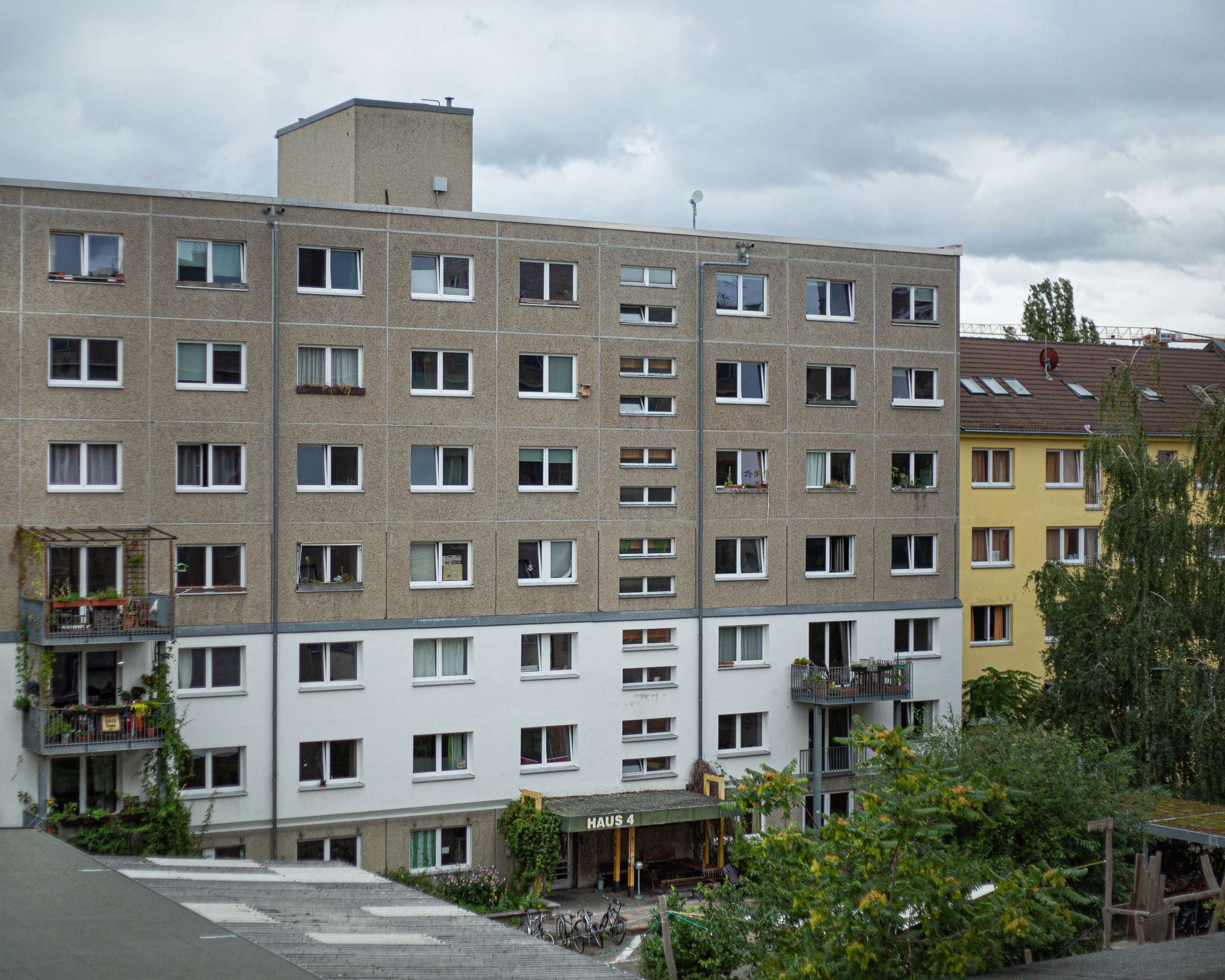

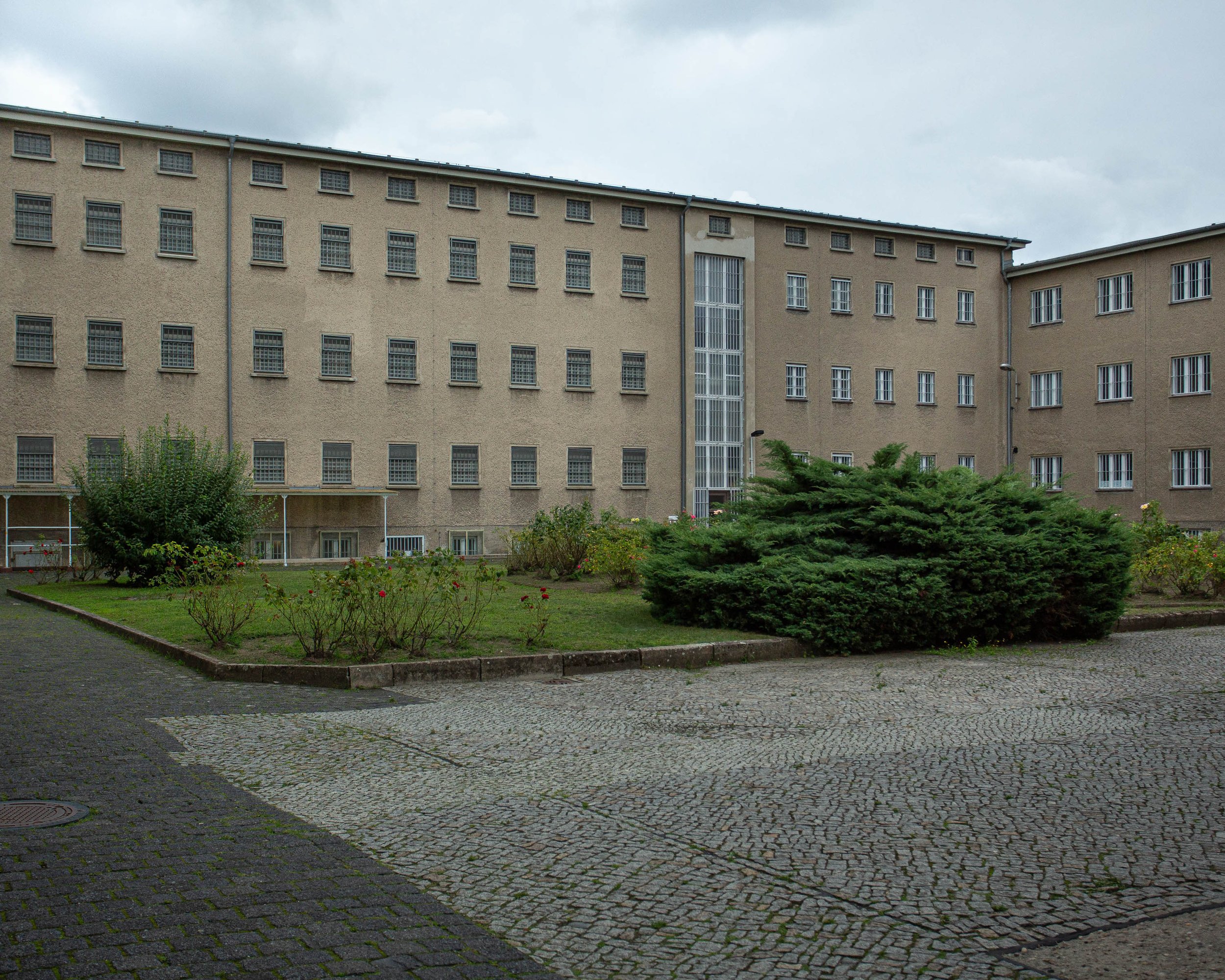
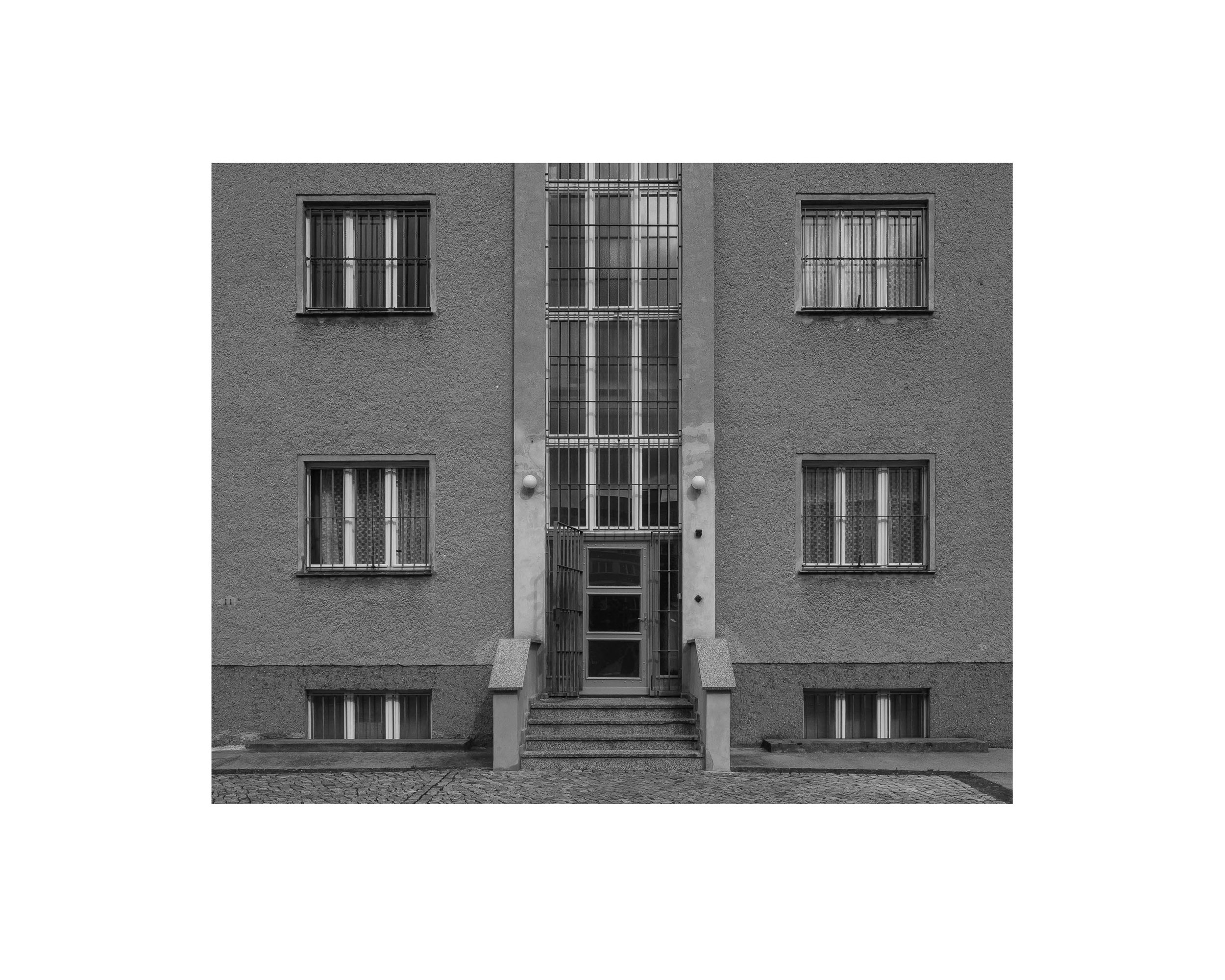

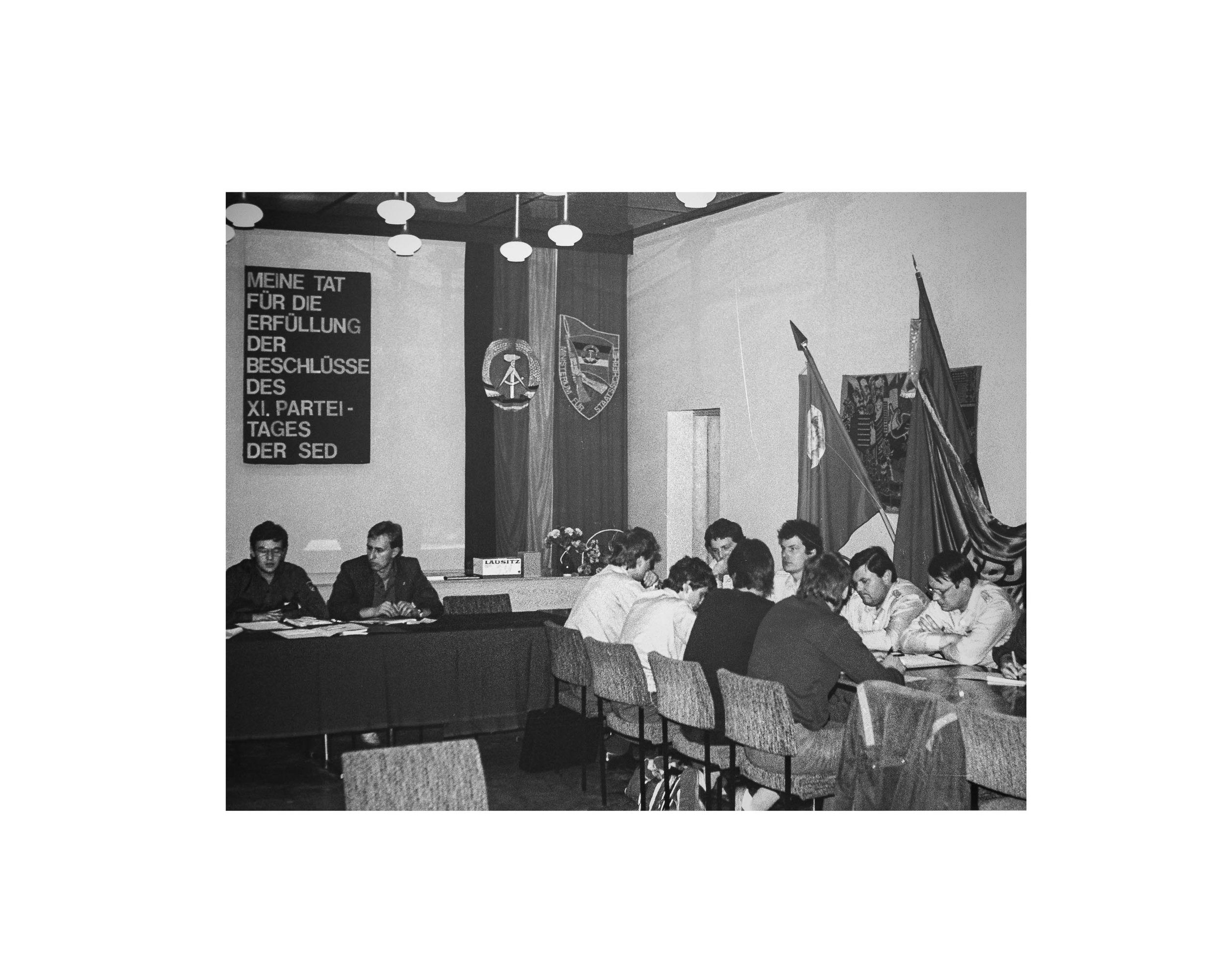



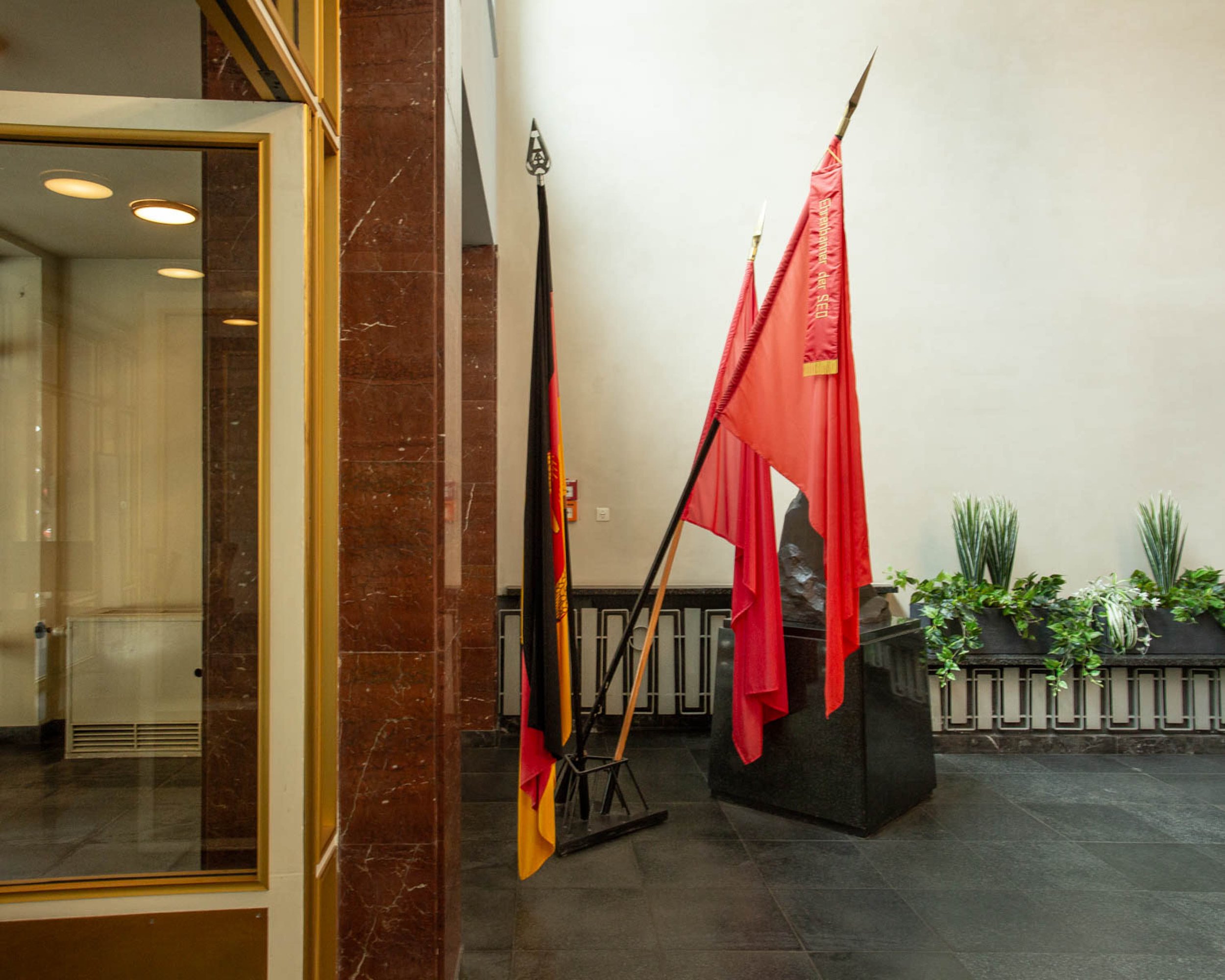

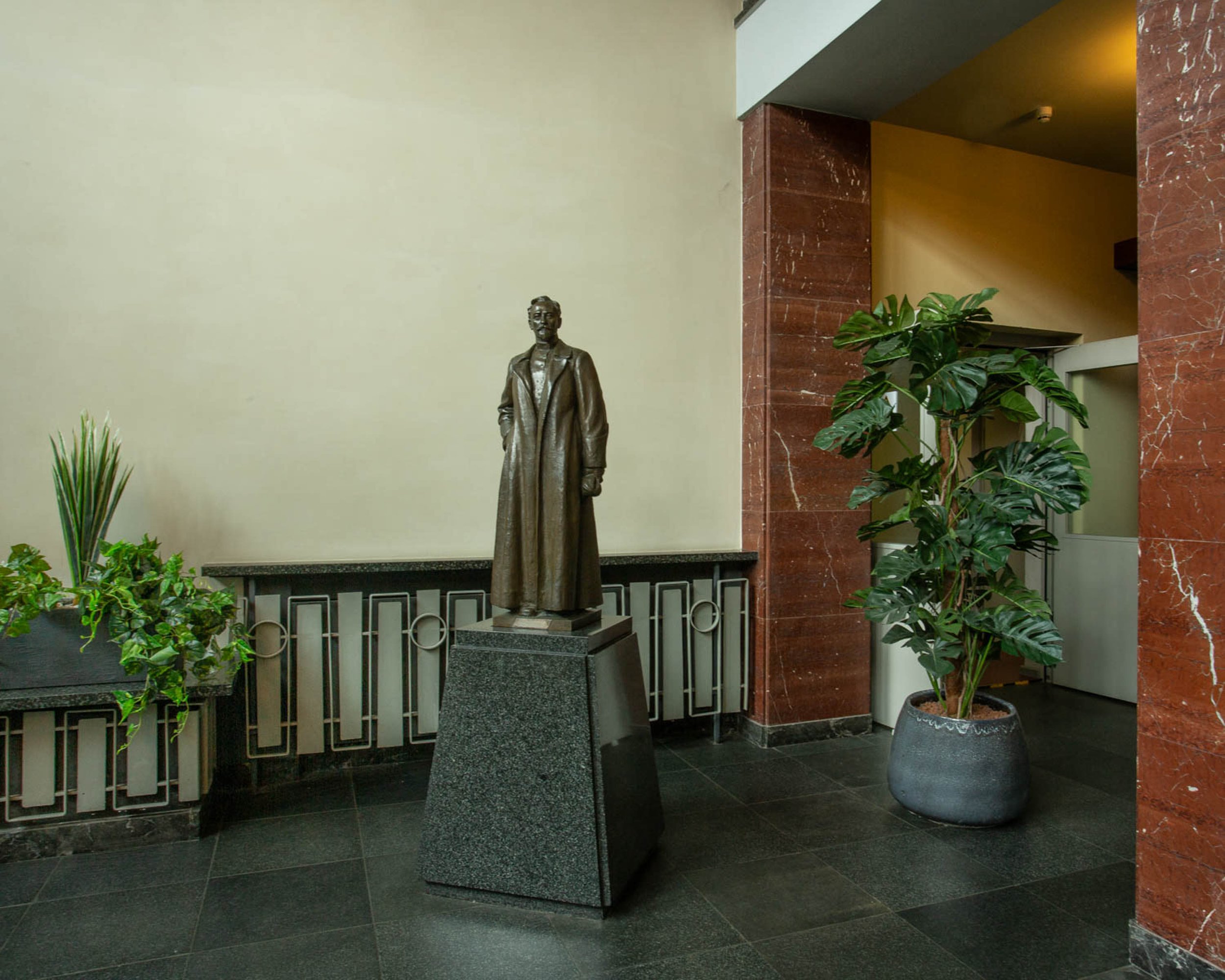










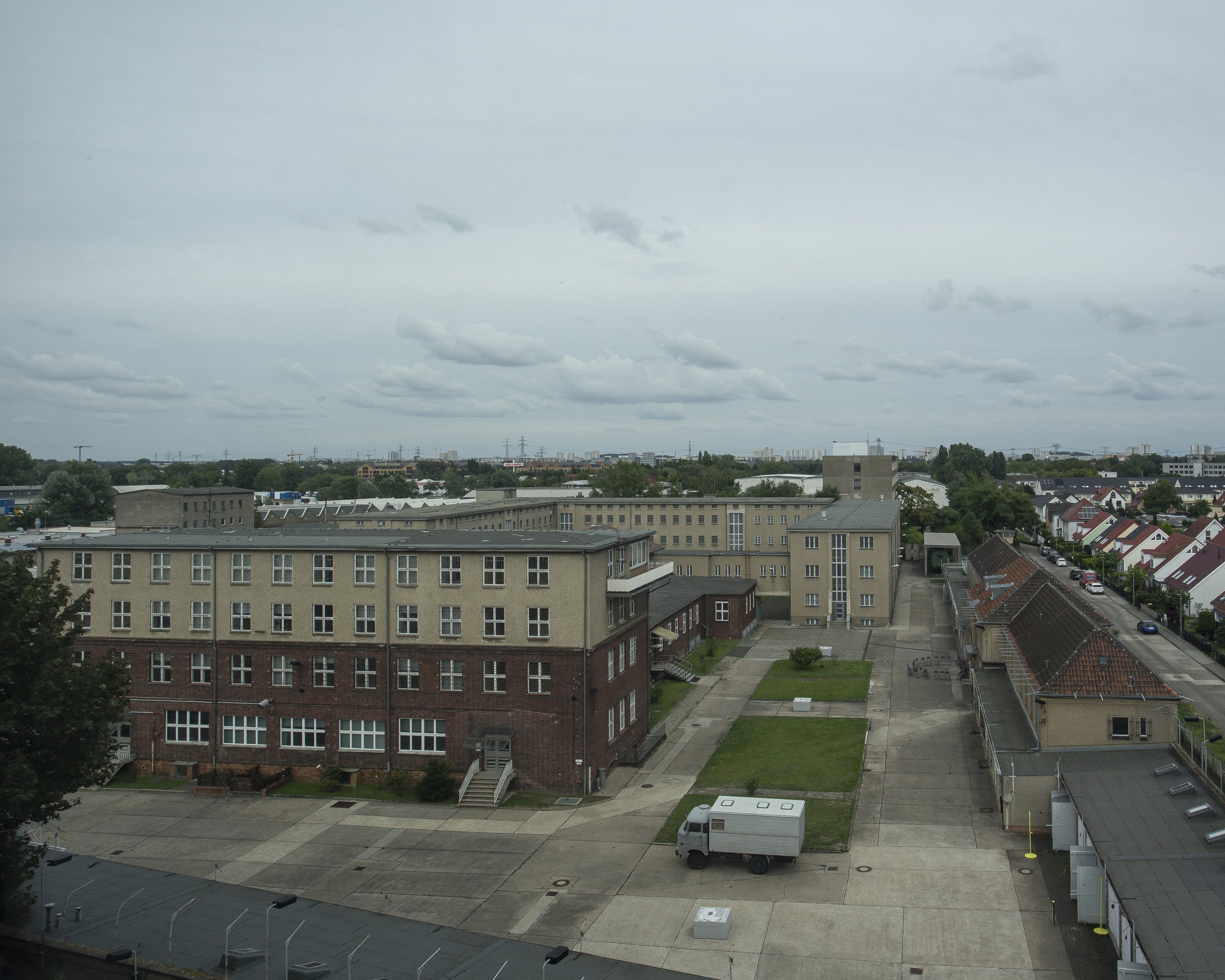
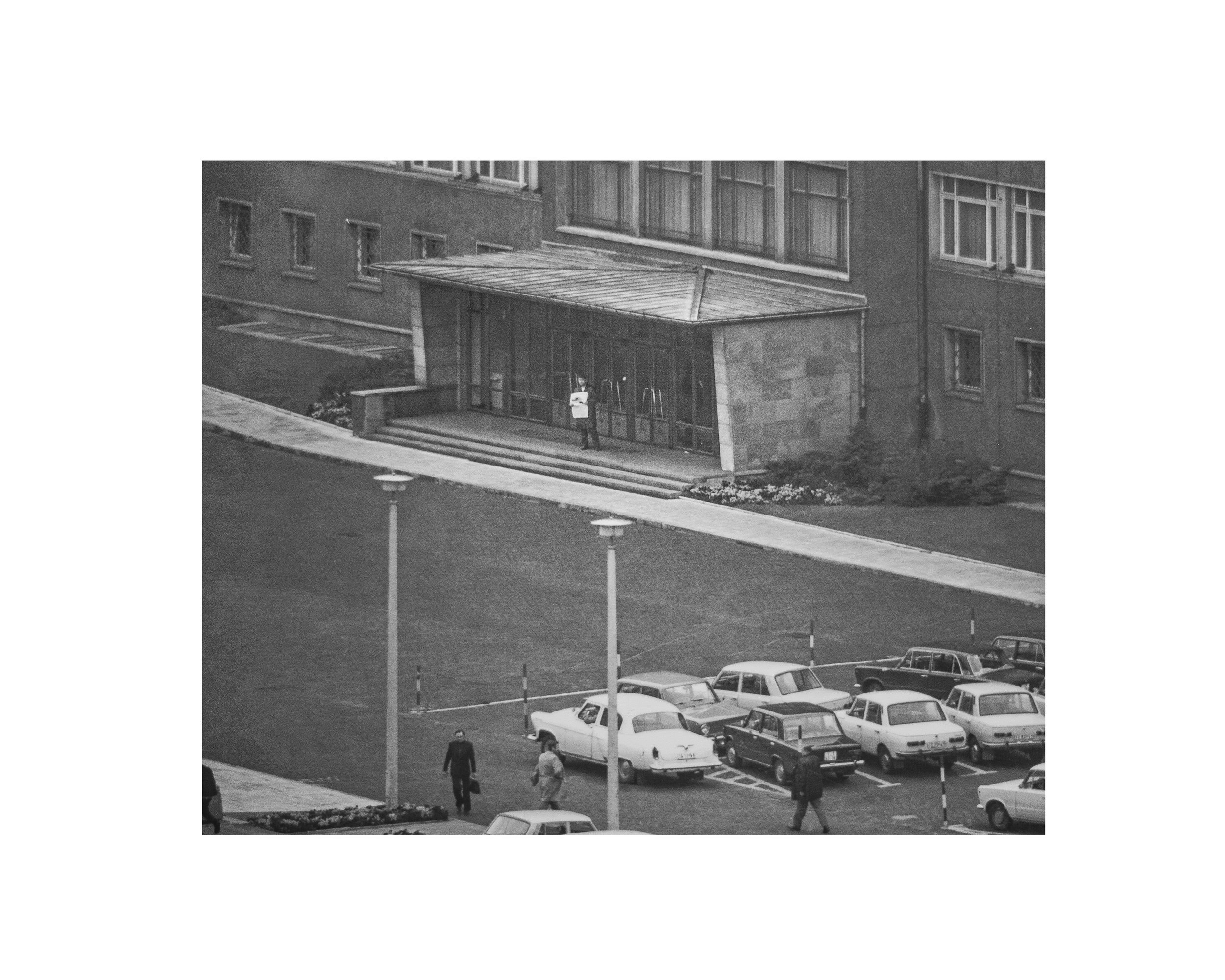

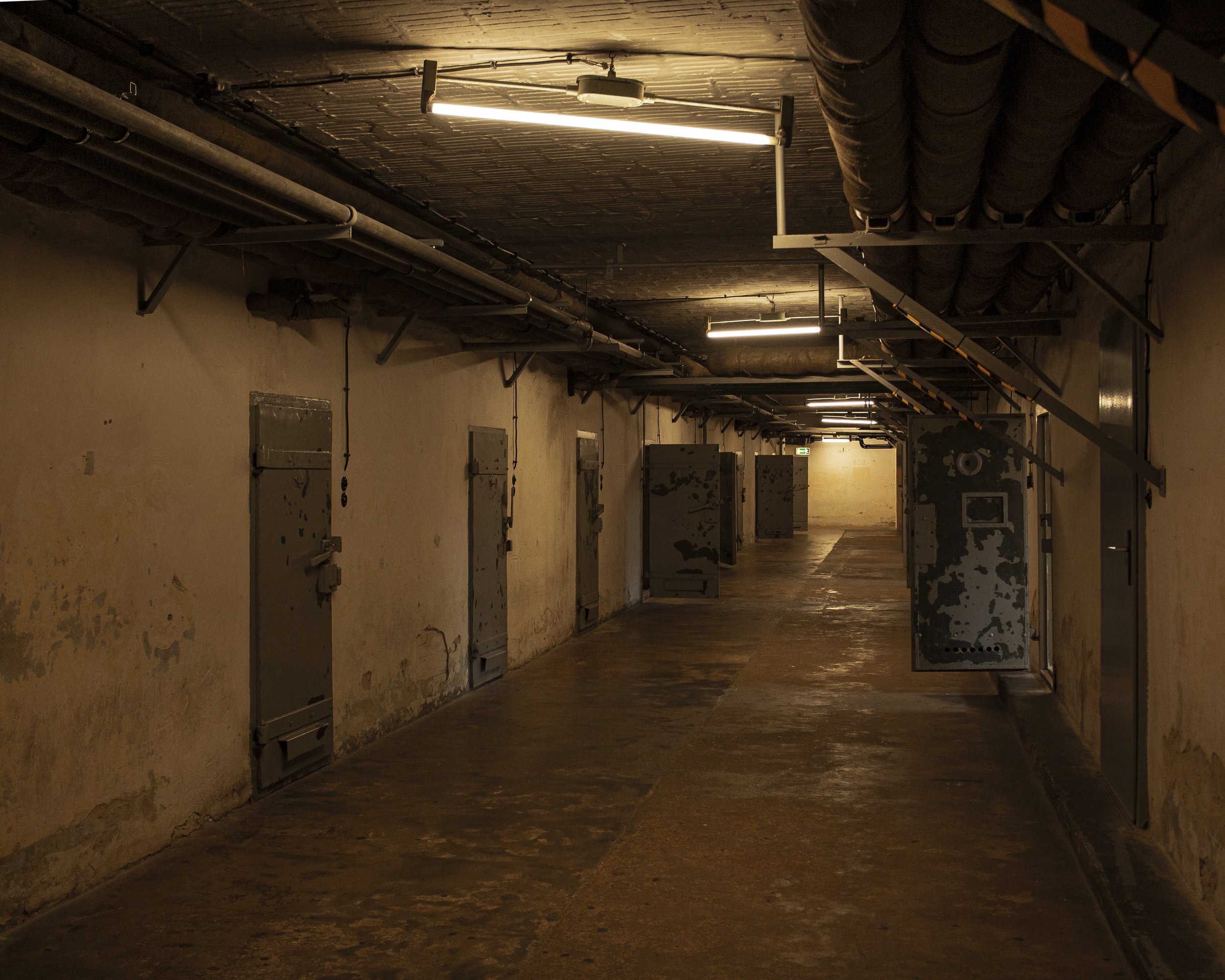




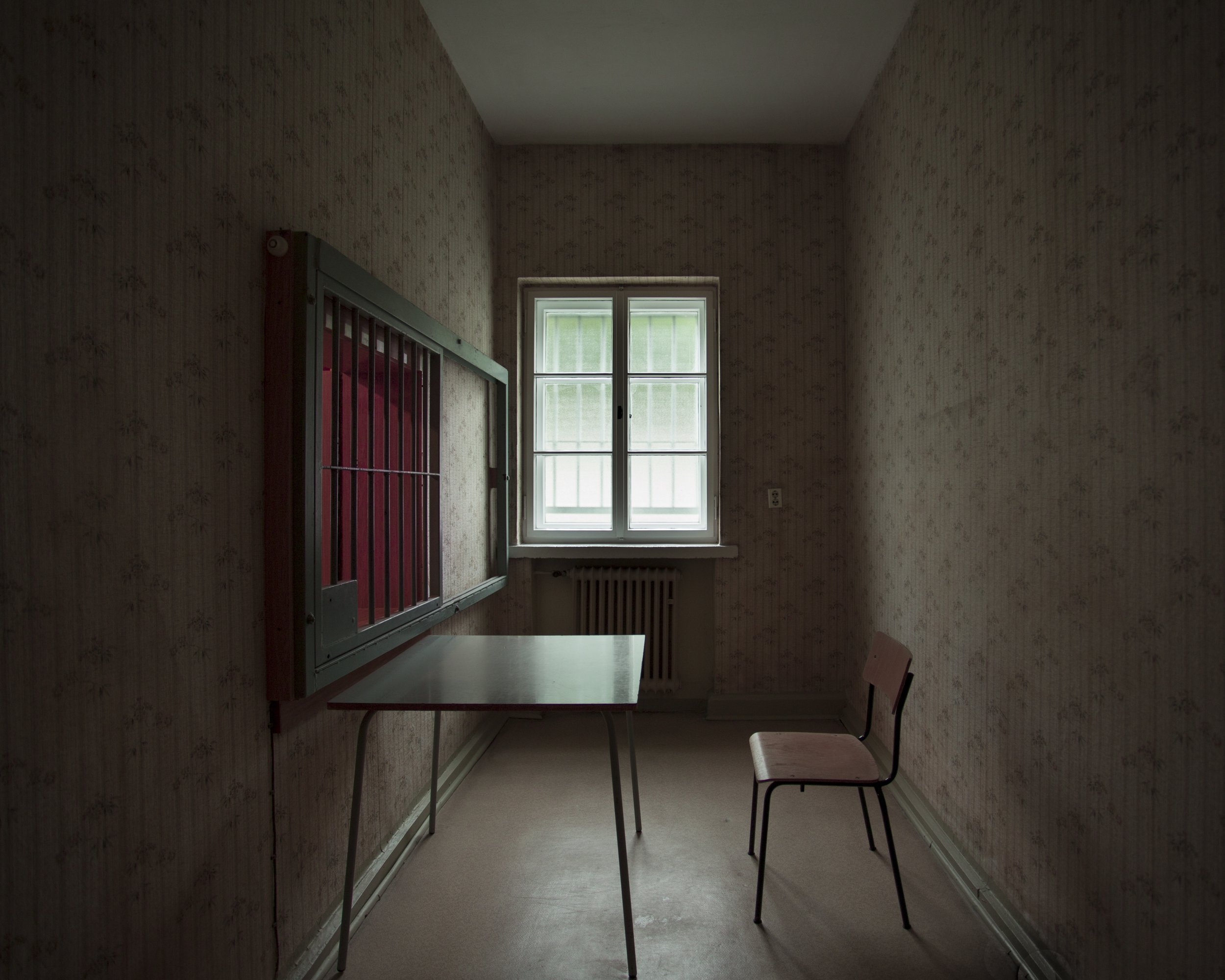











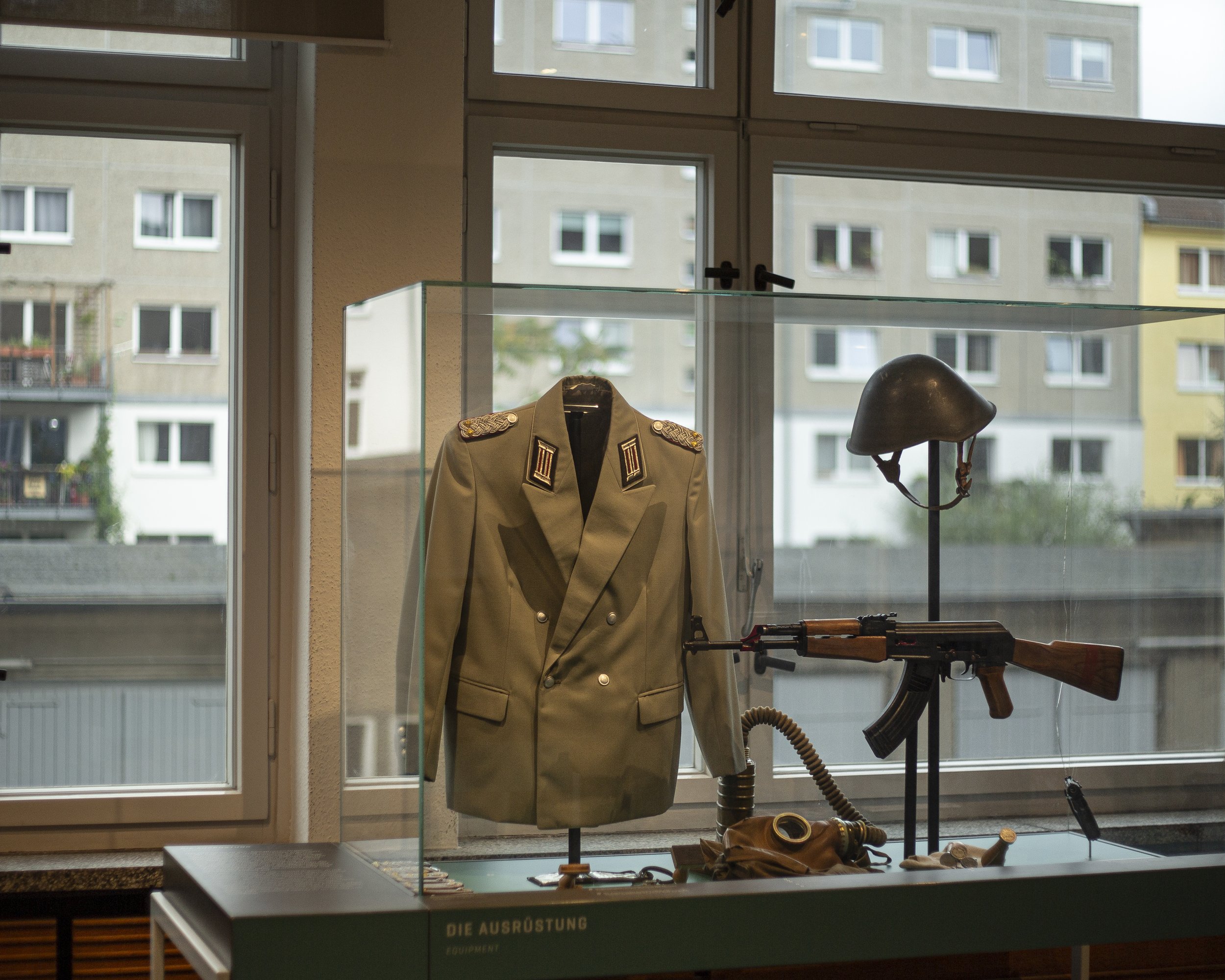


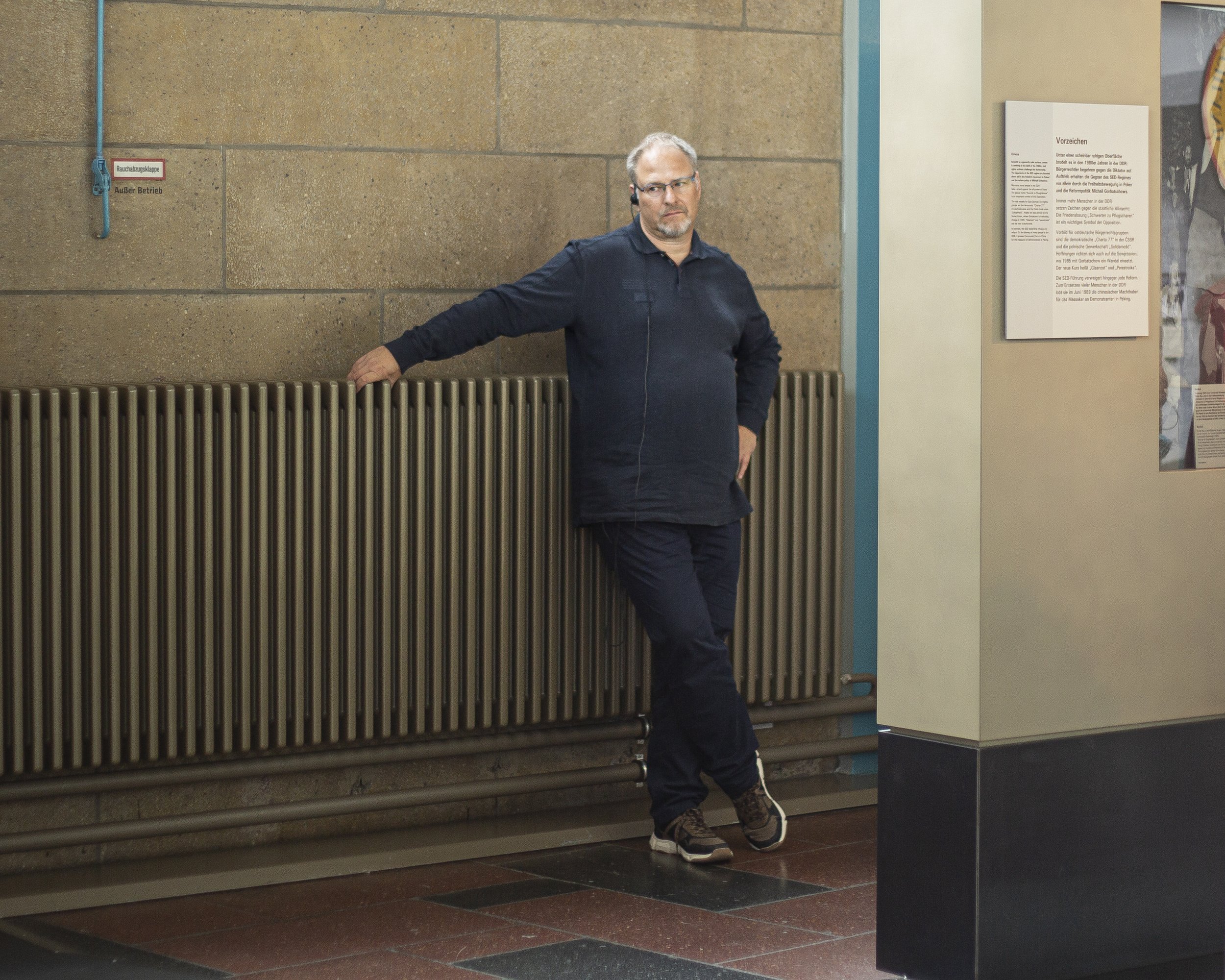
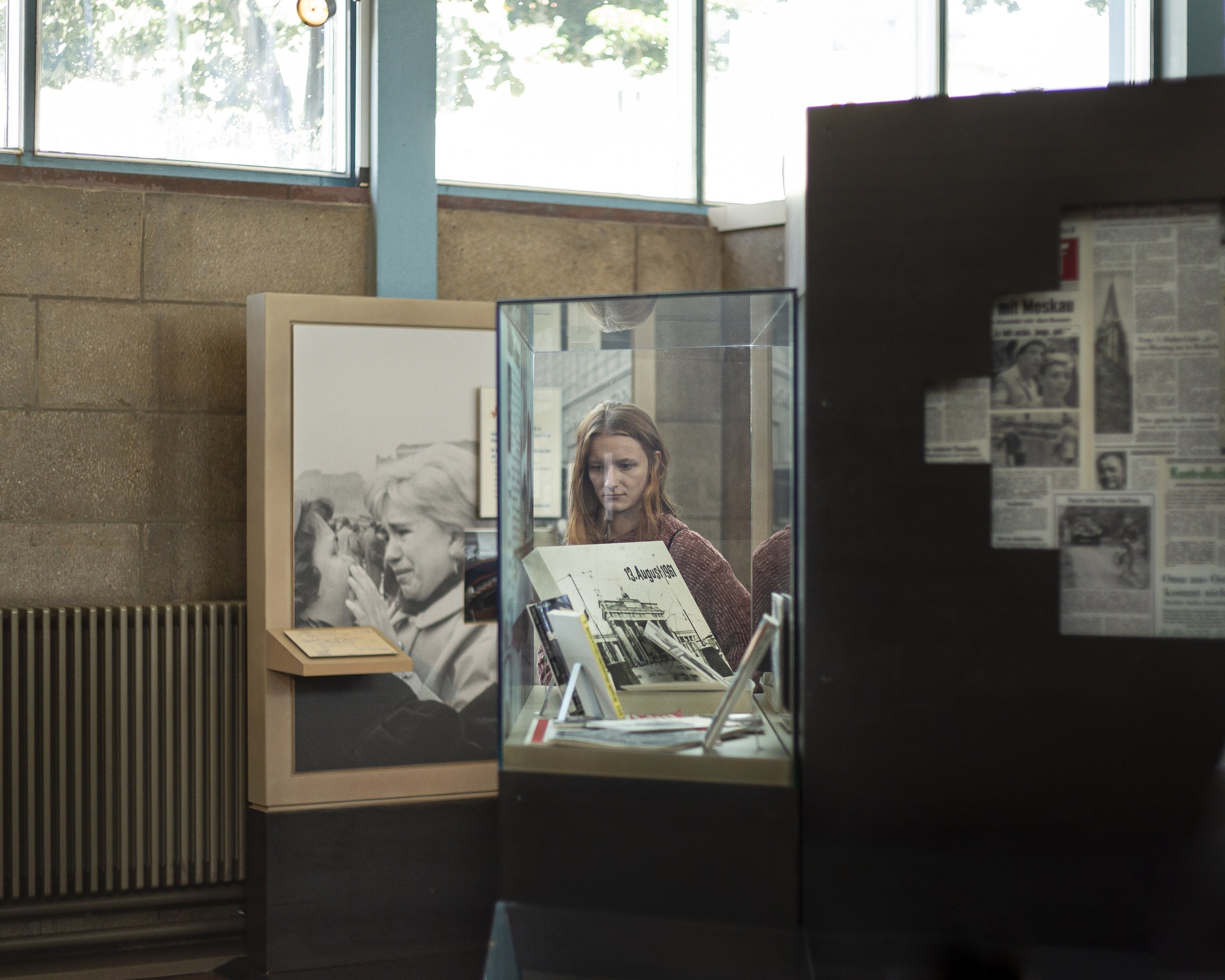
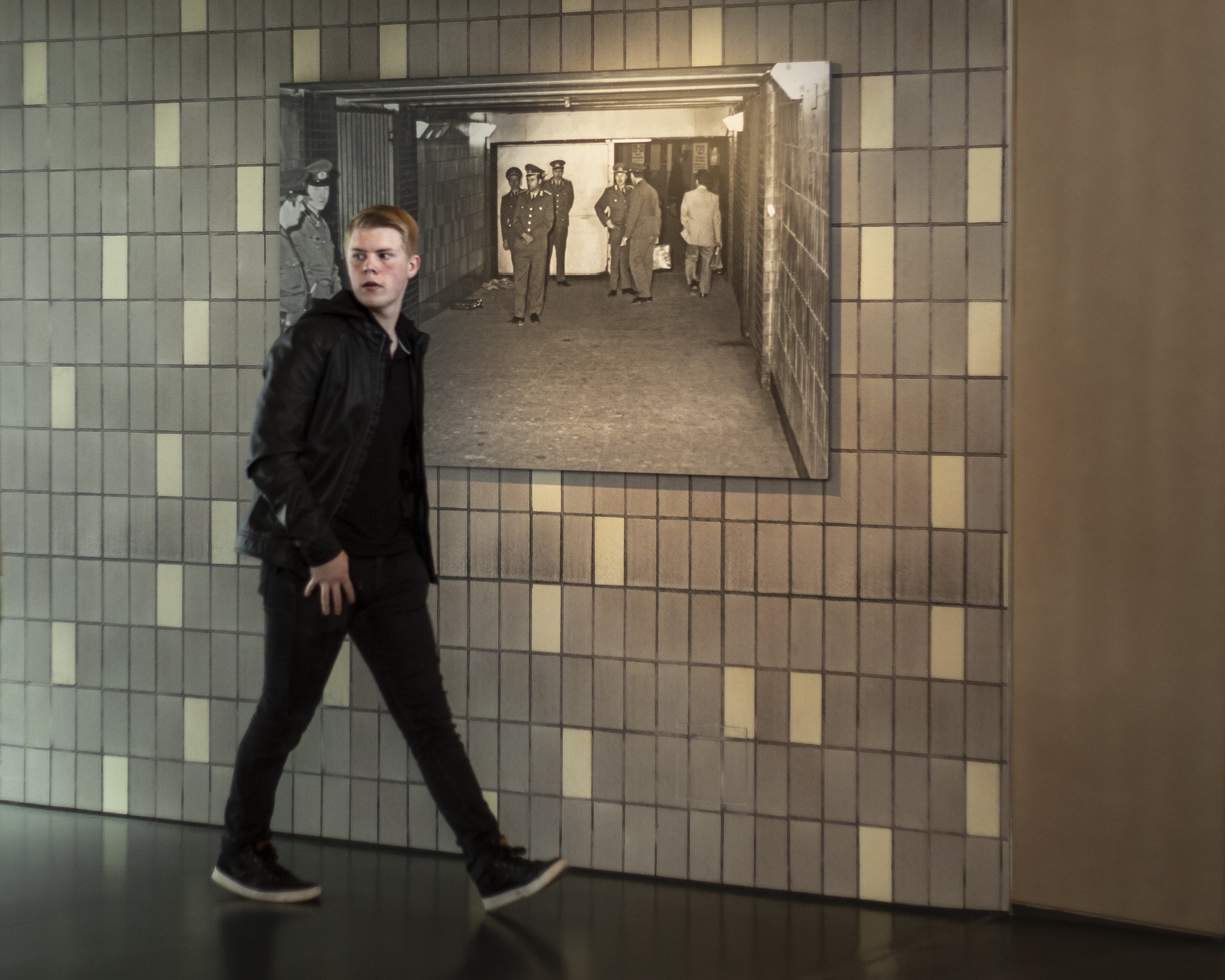



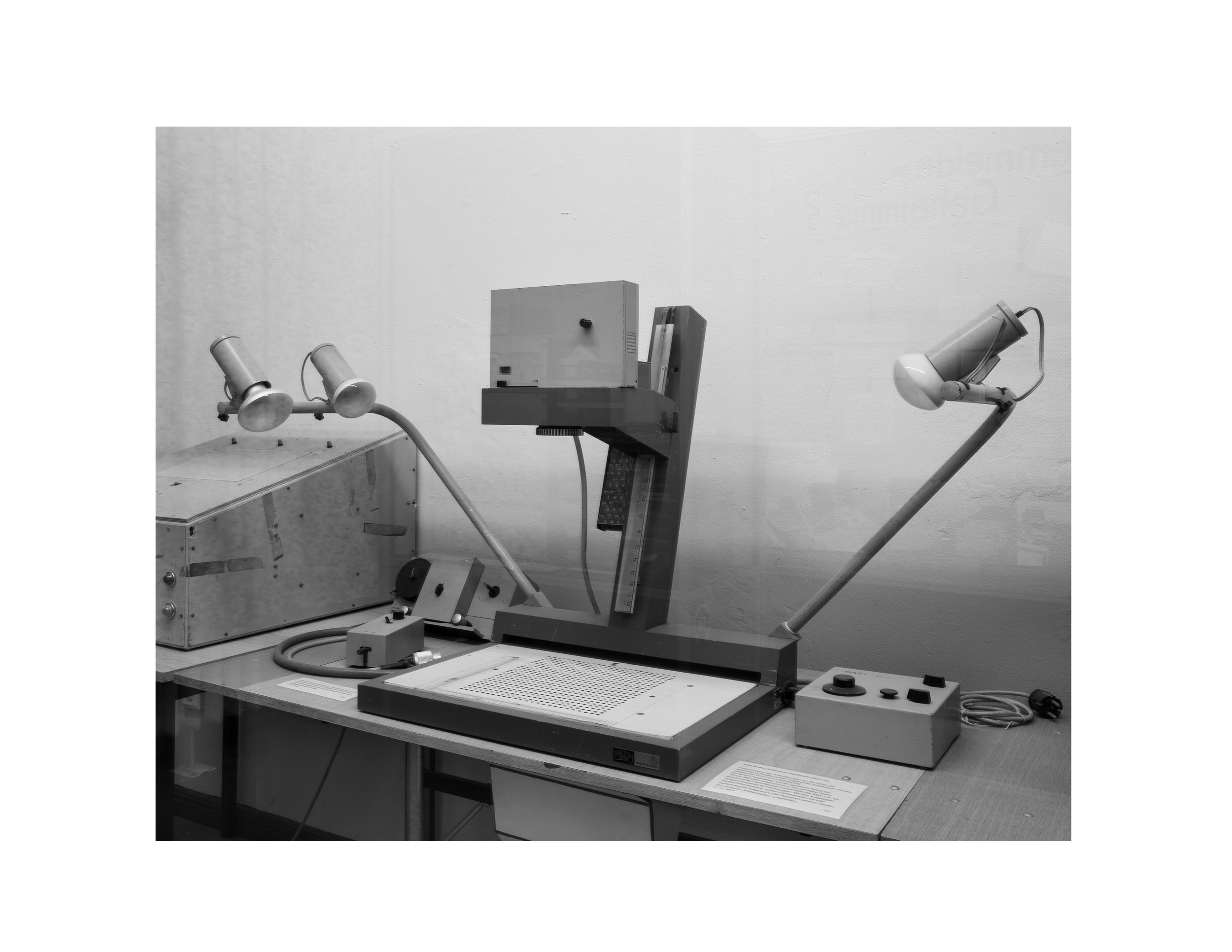

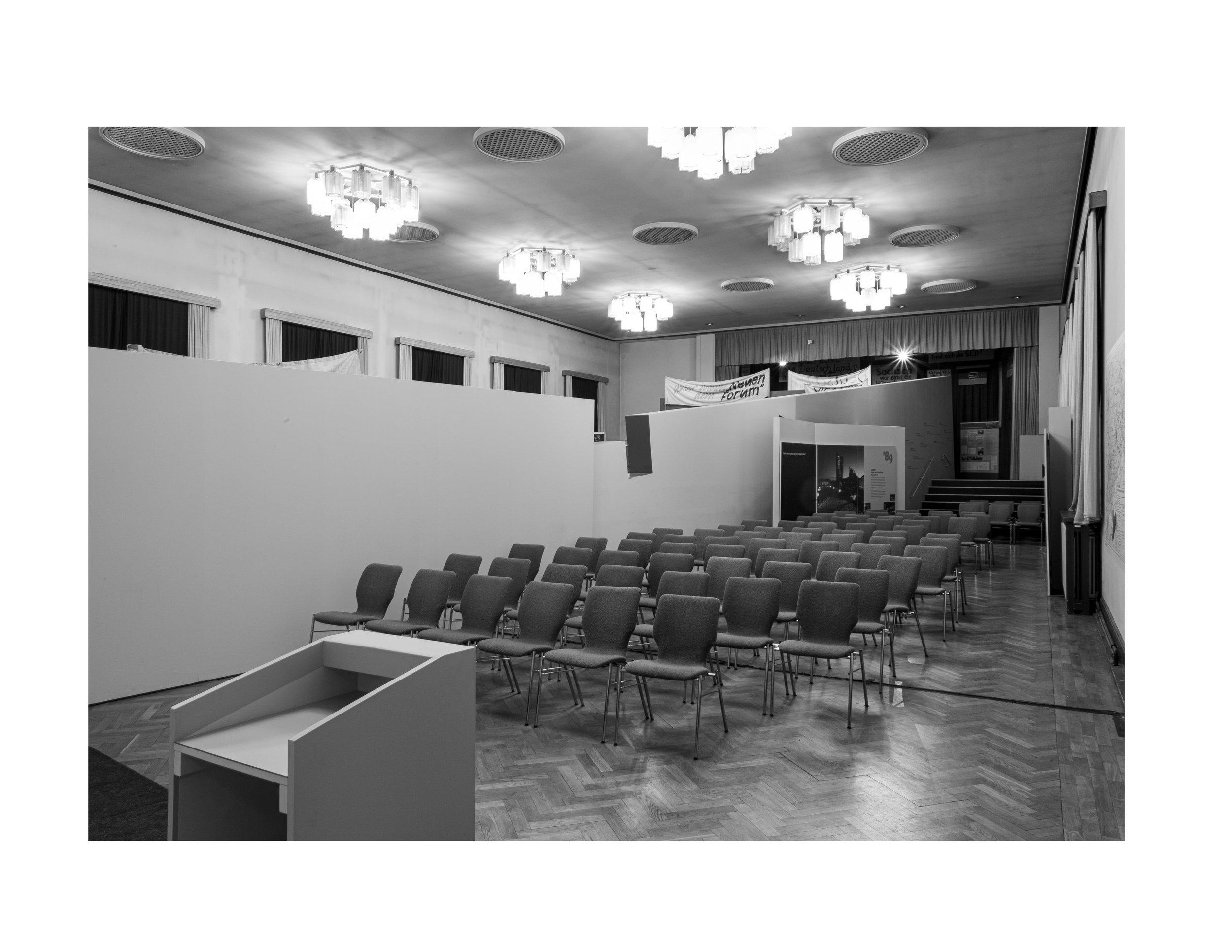

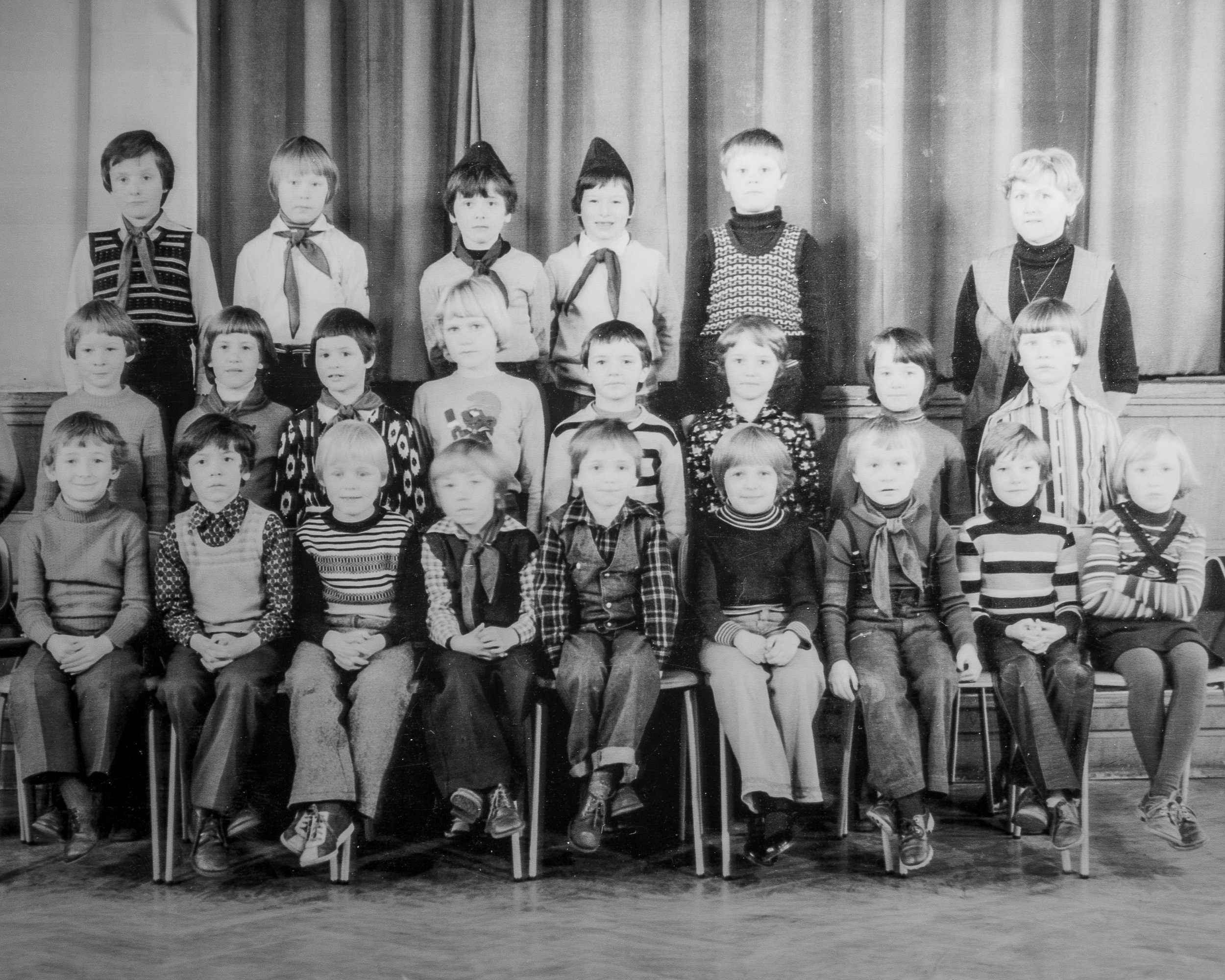


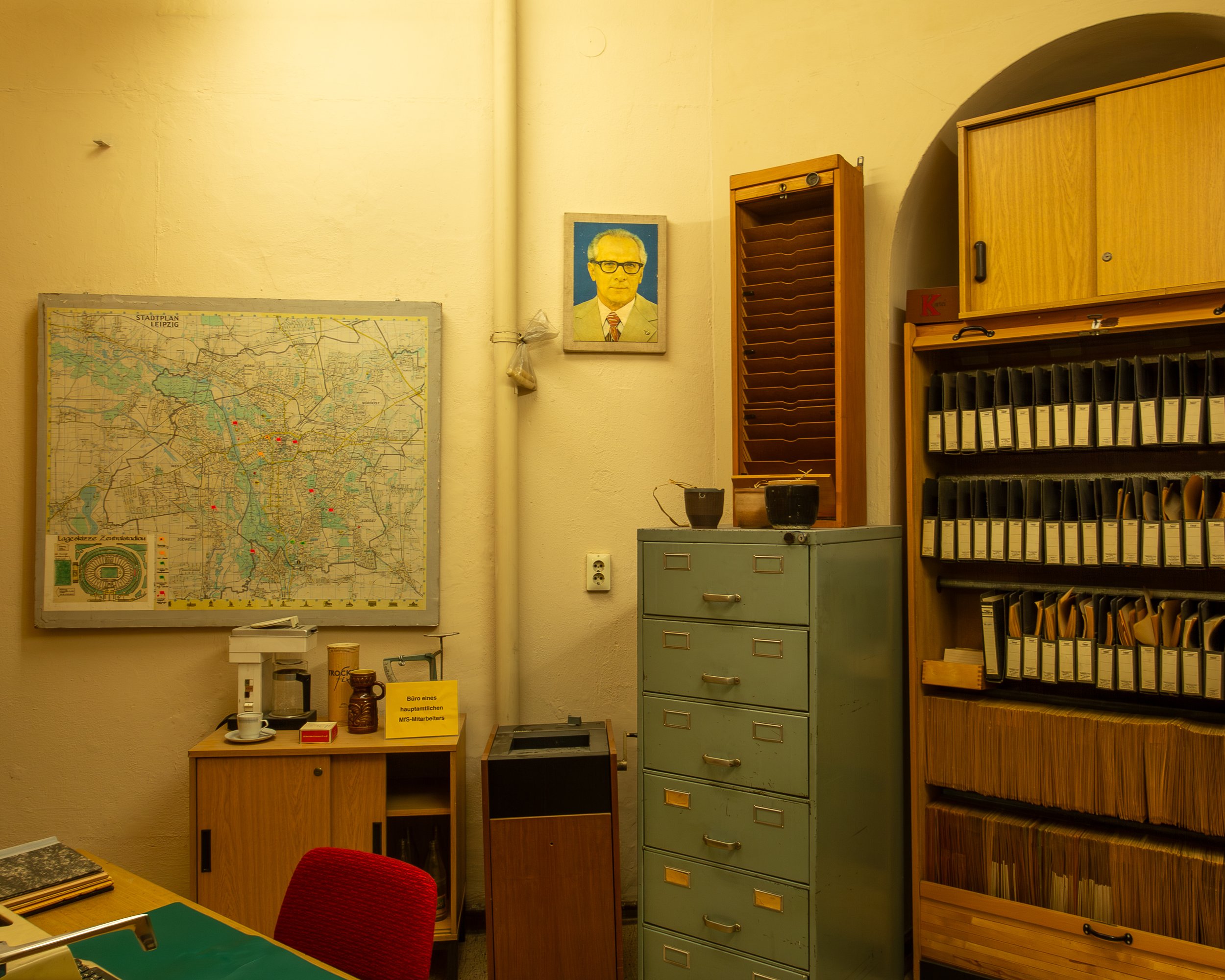
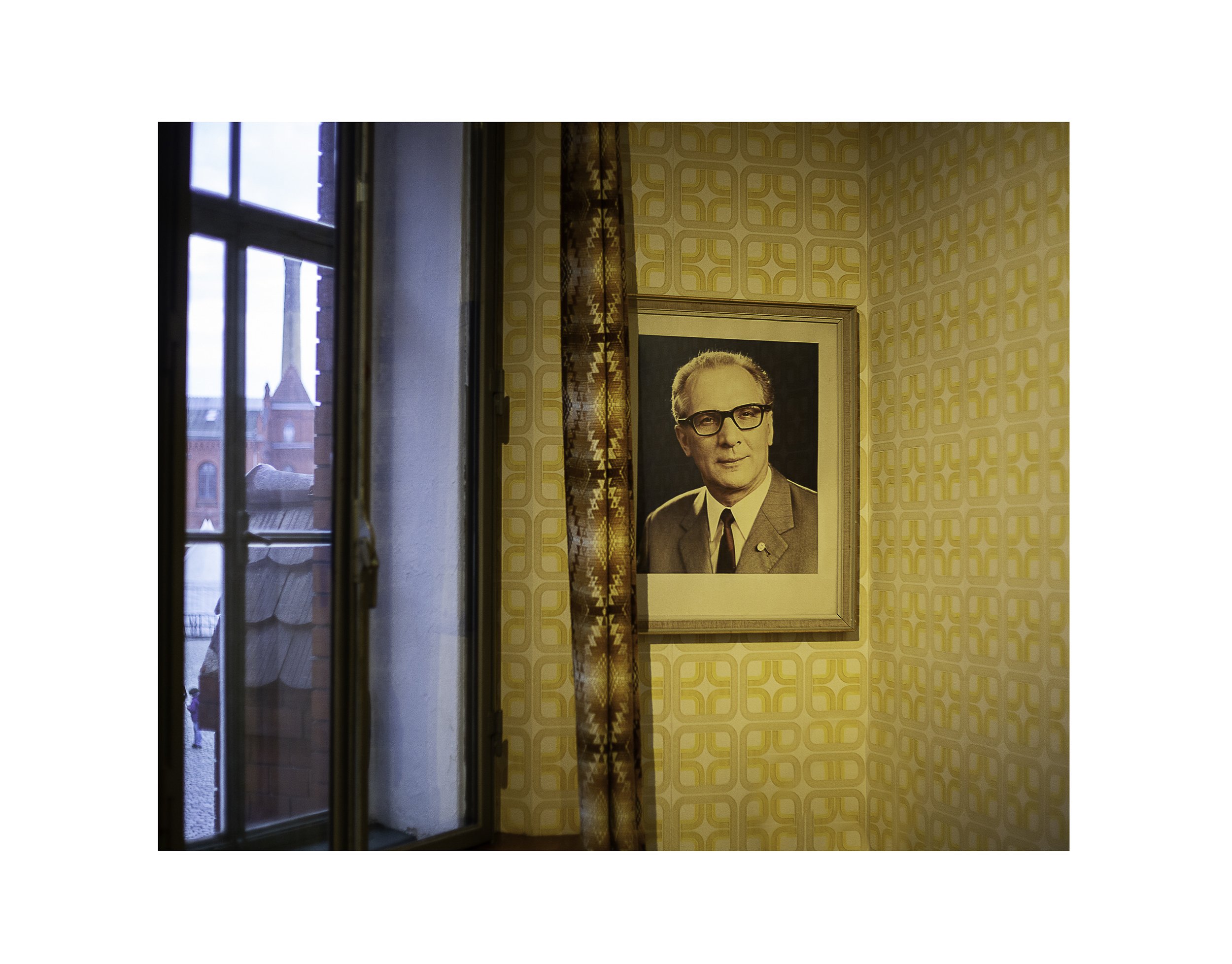
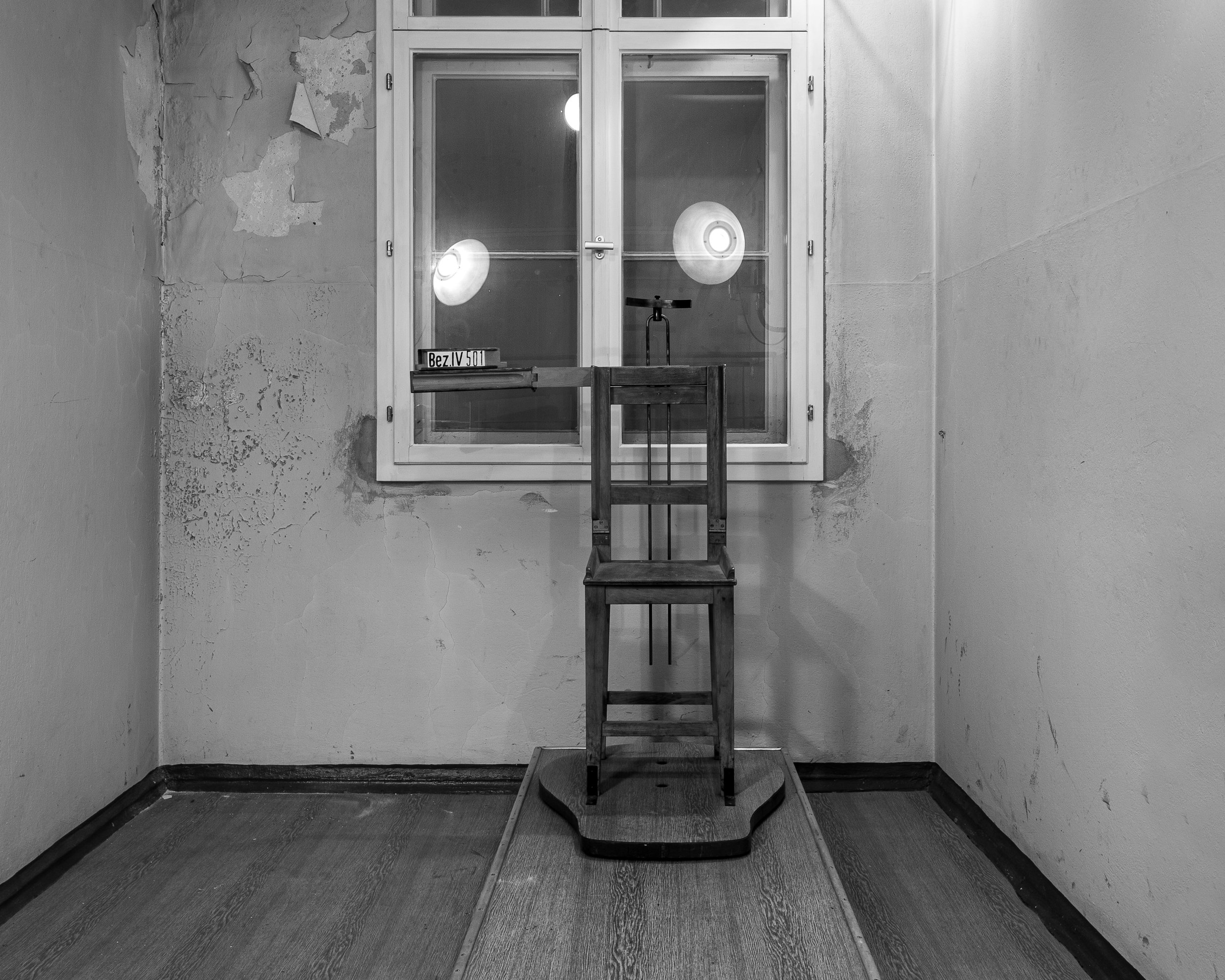
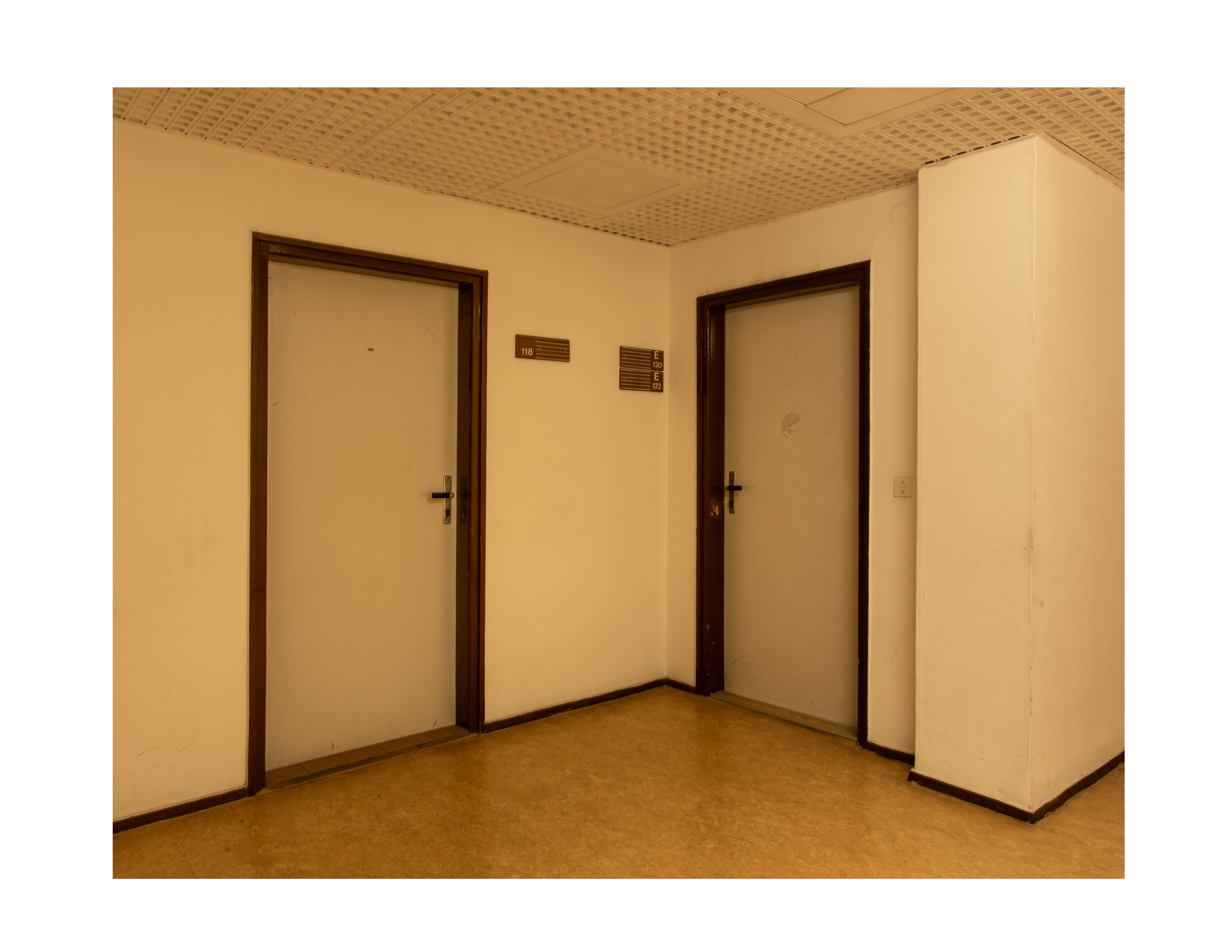
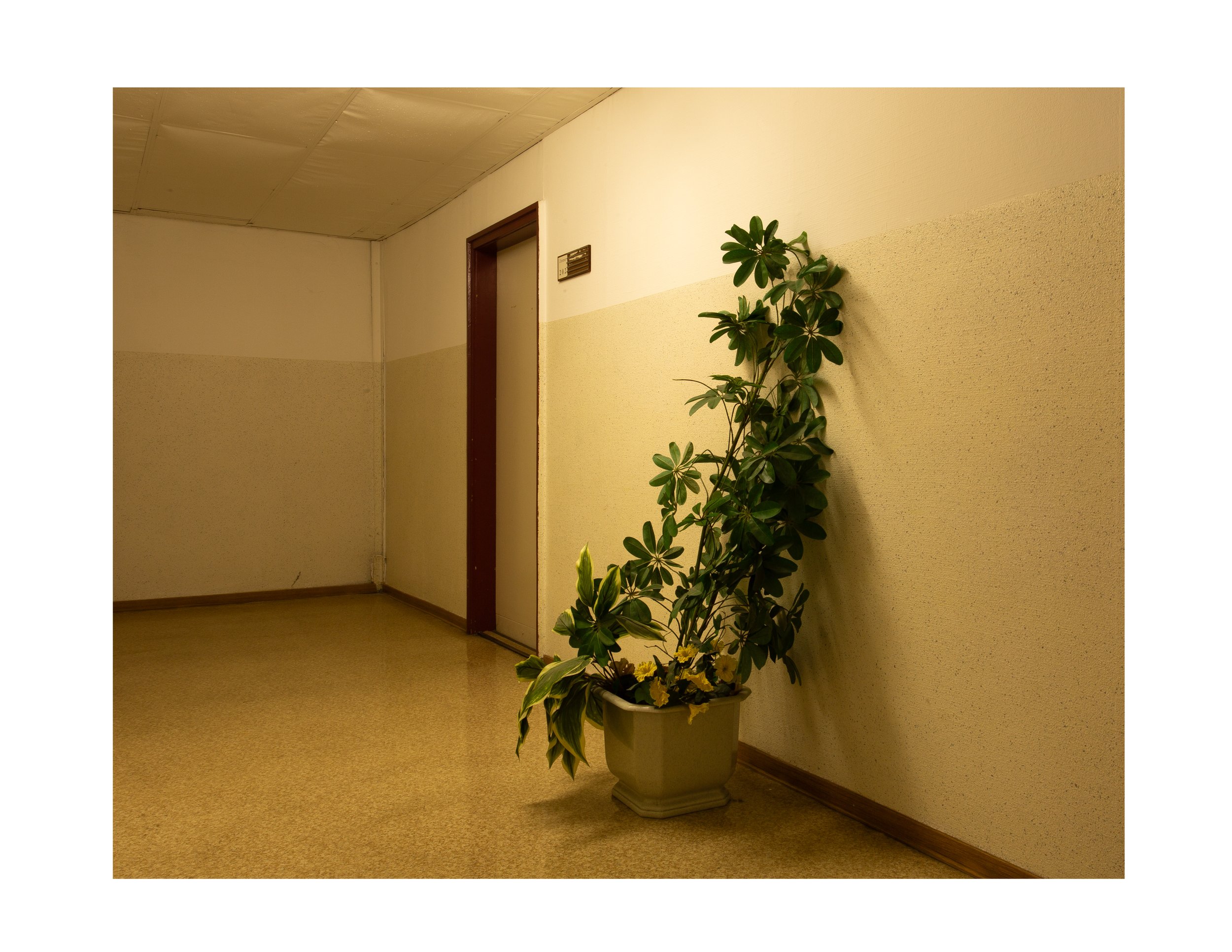
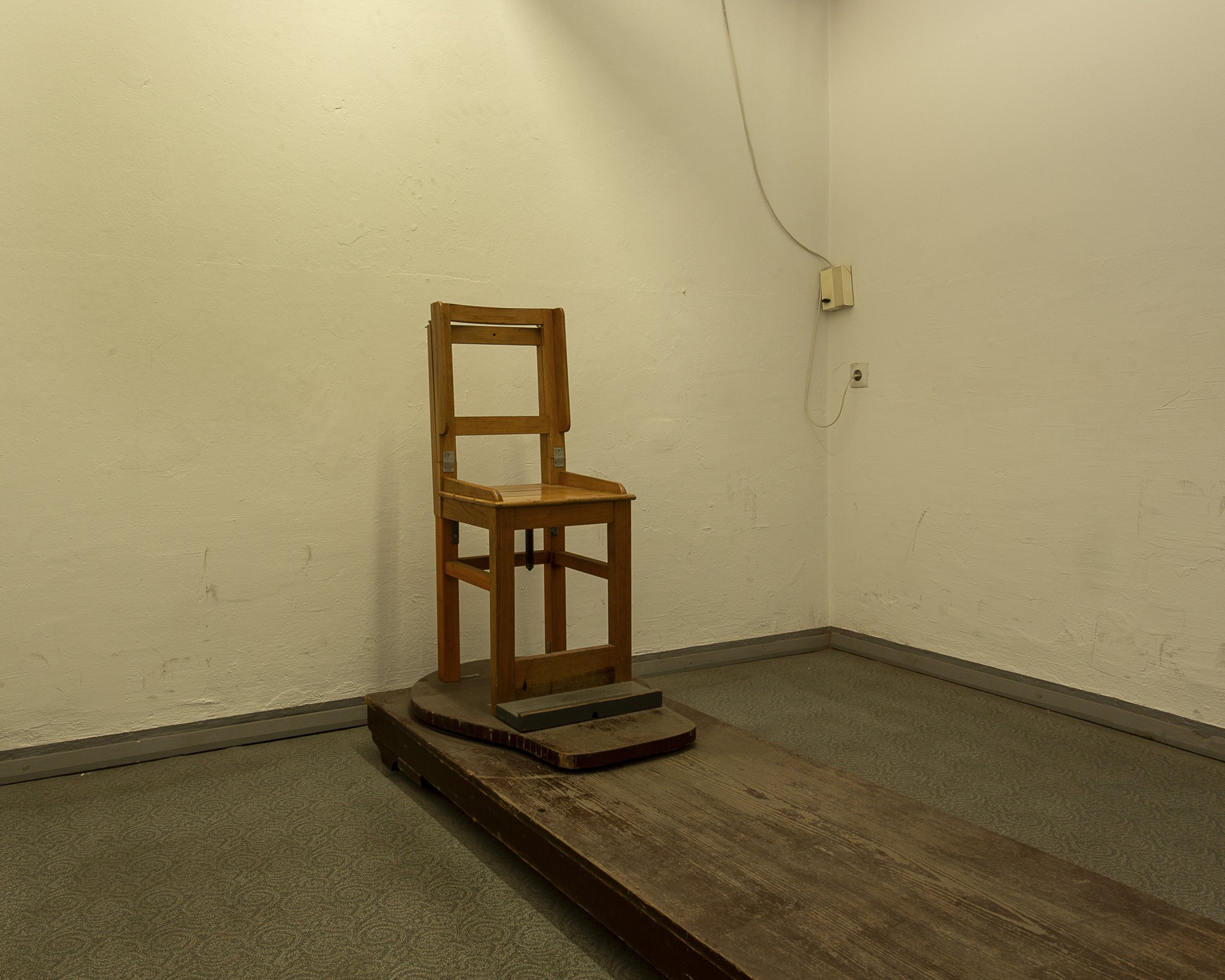

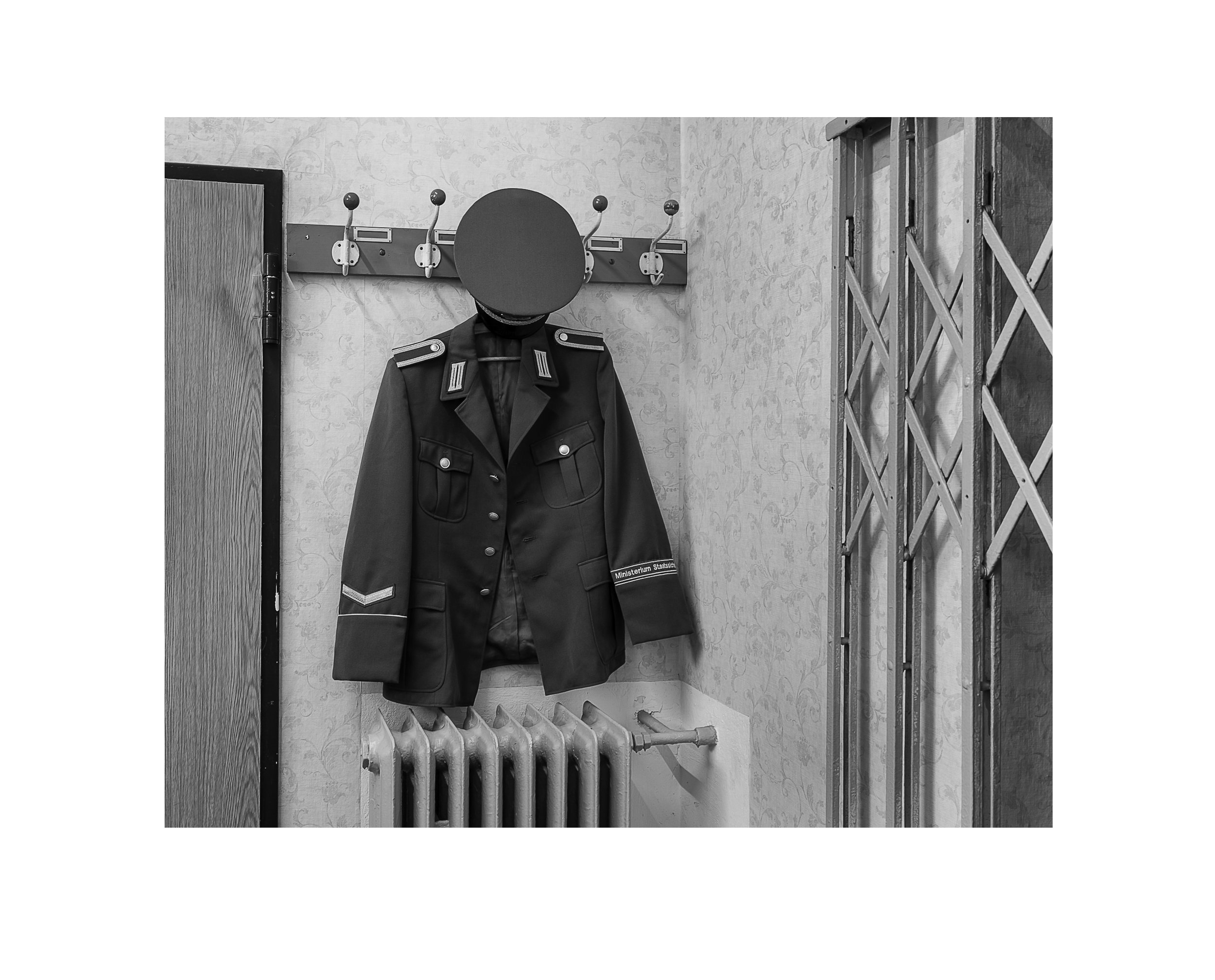

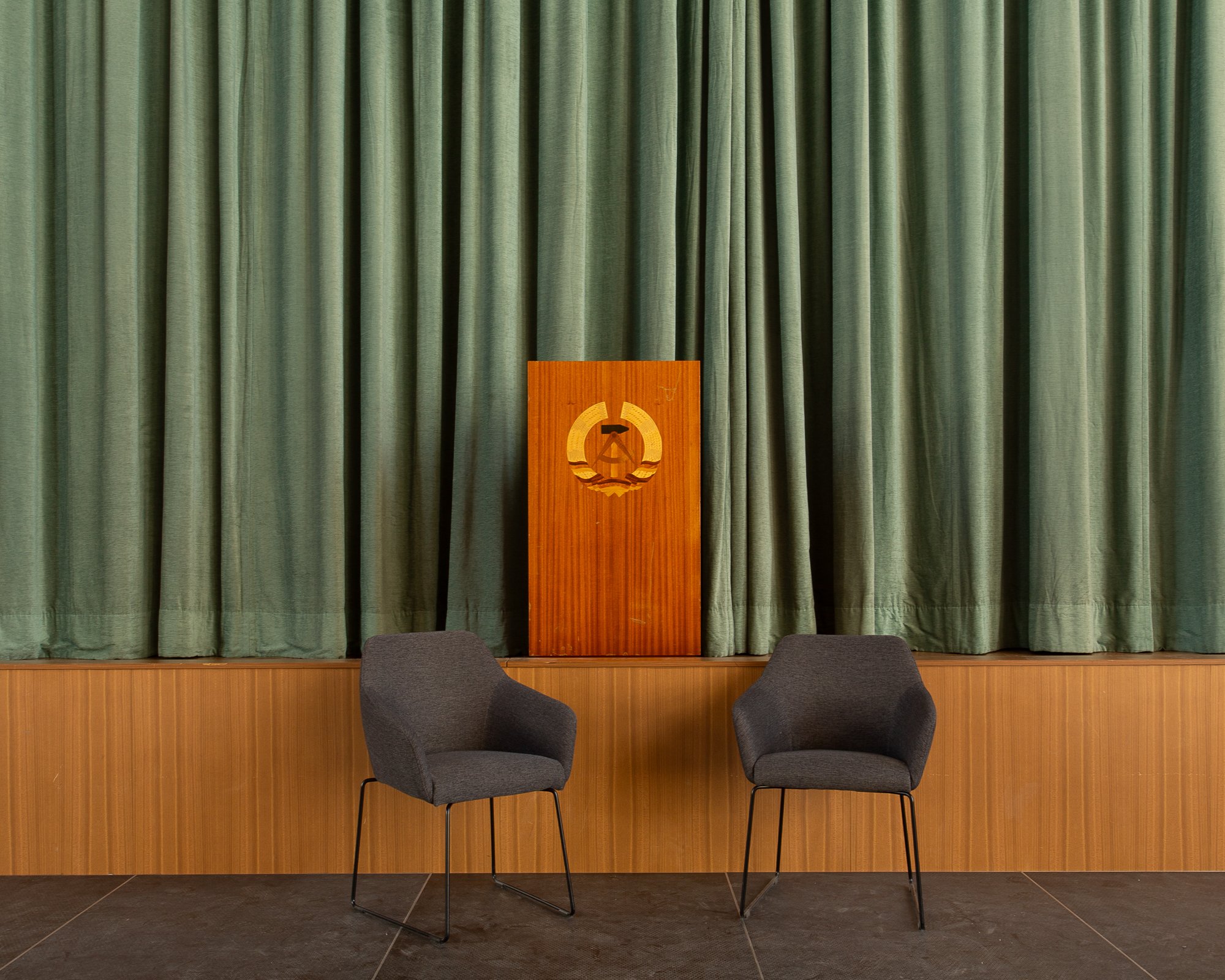

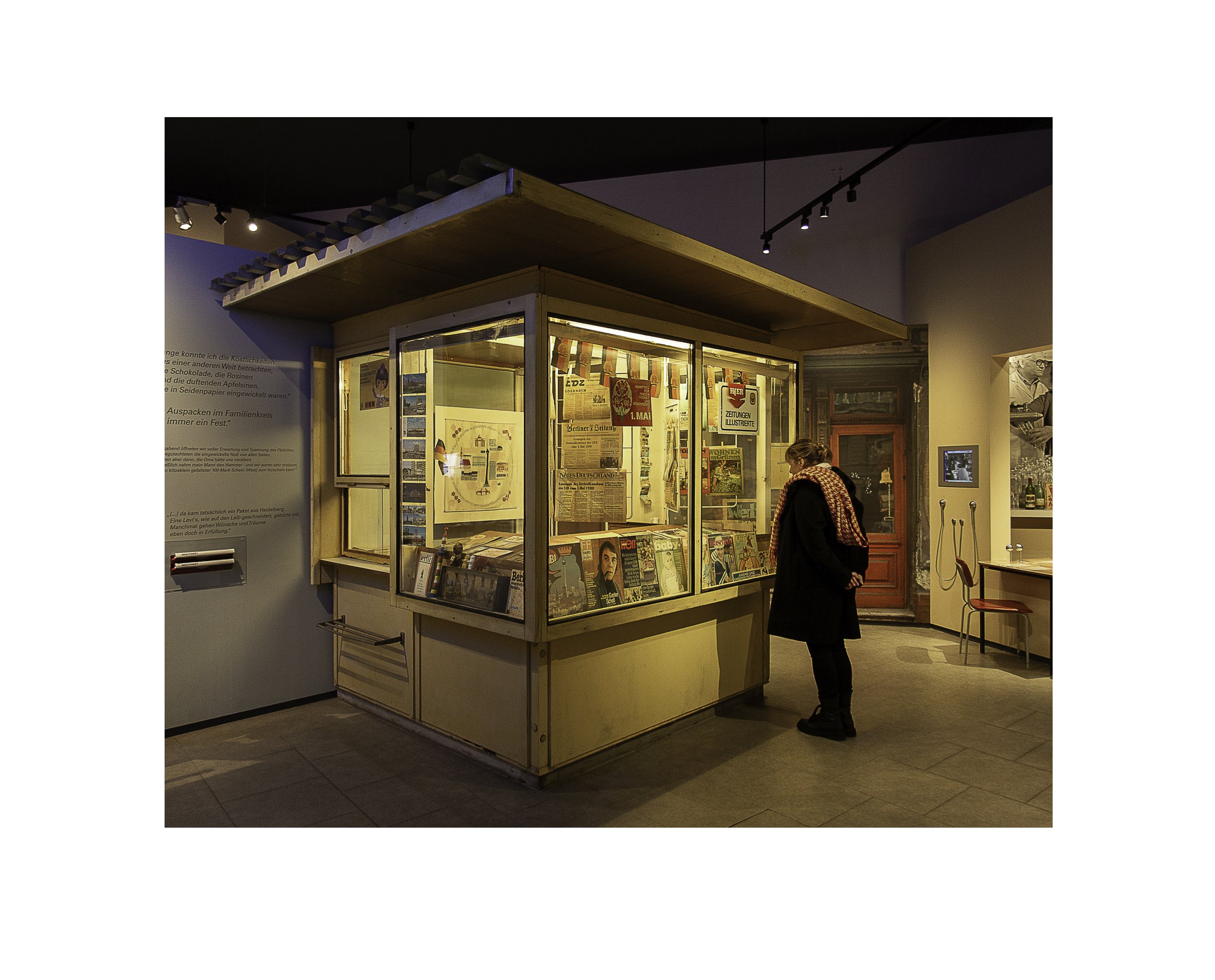



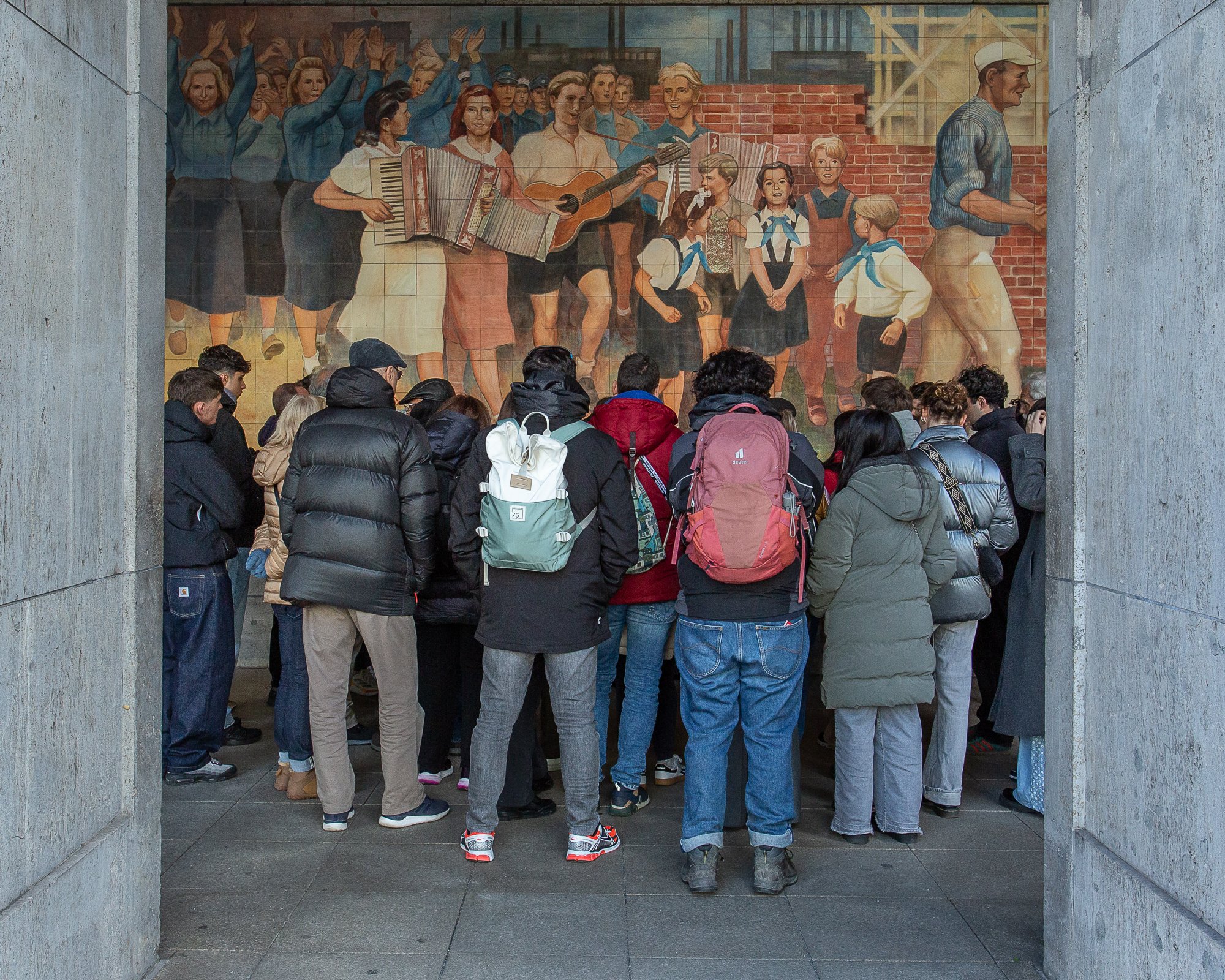













Trabant tour, Berlinclick on image for link to Exhibitions Gallery


